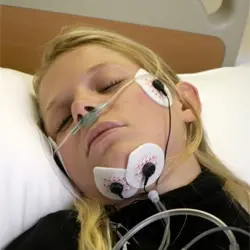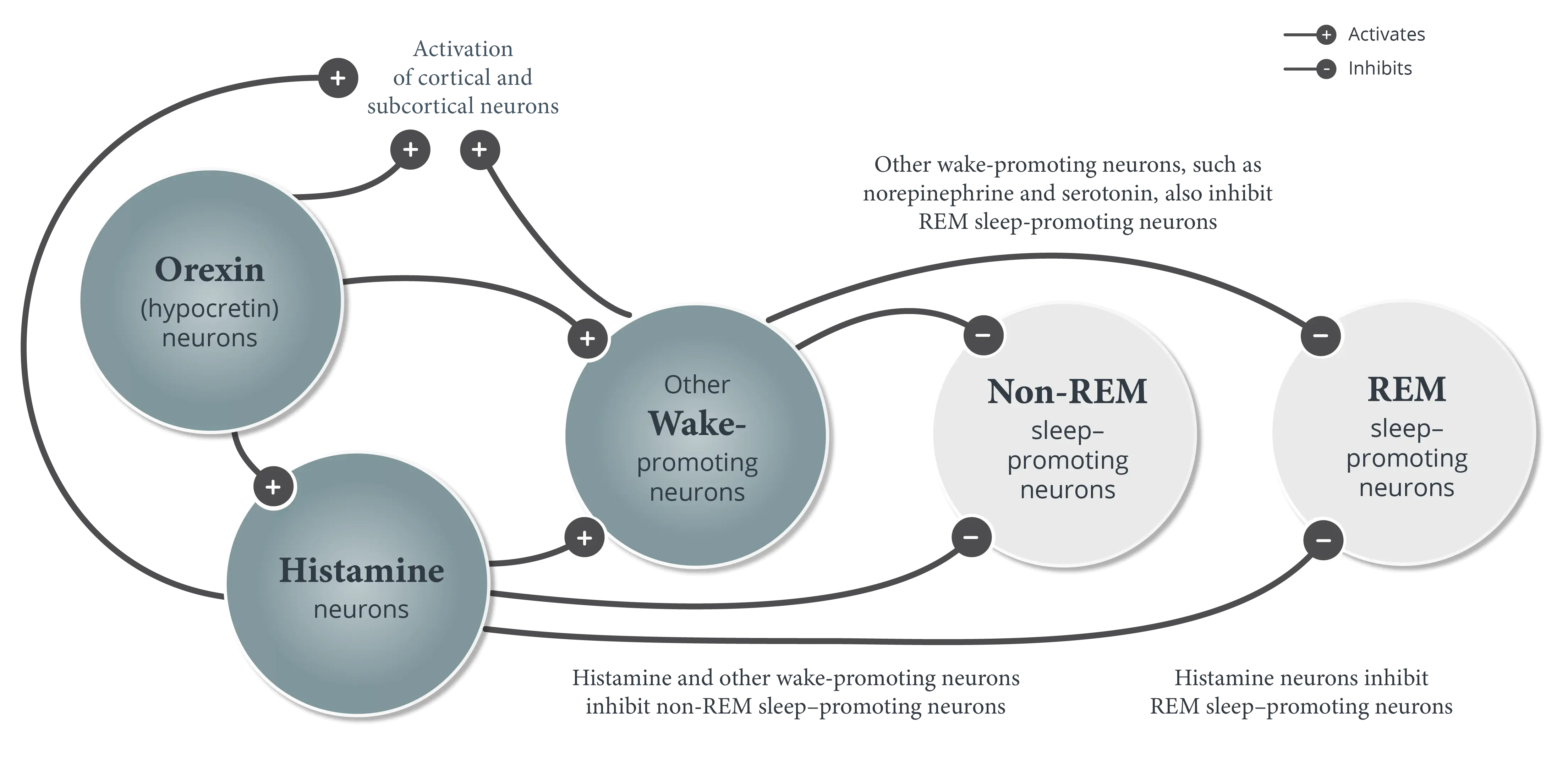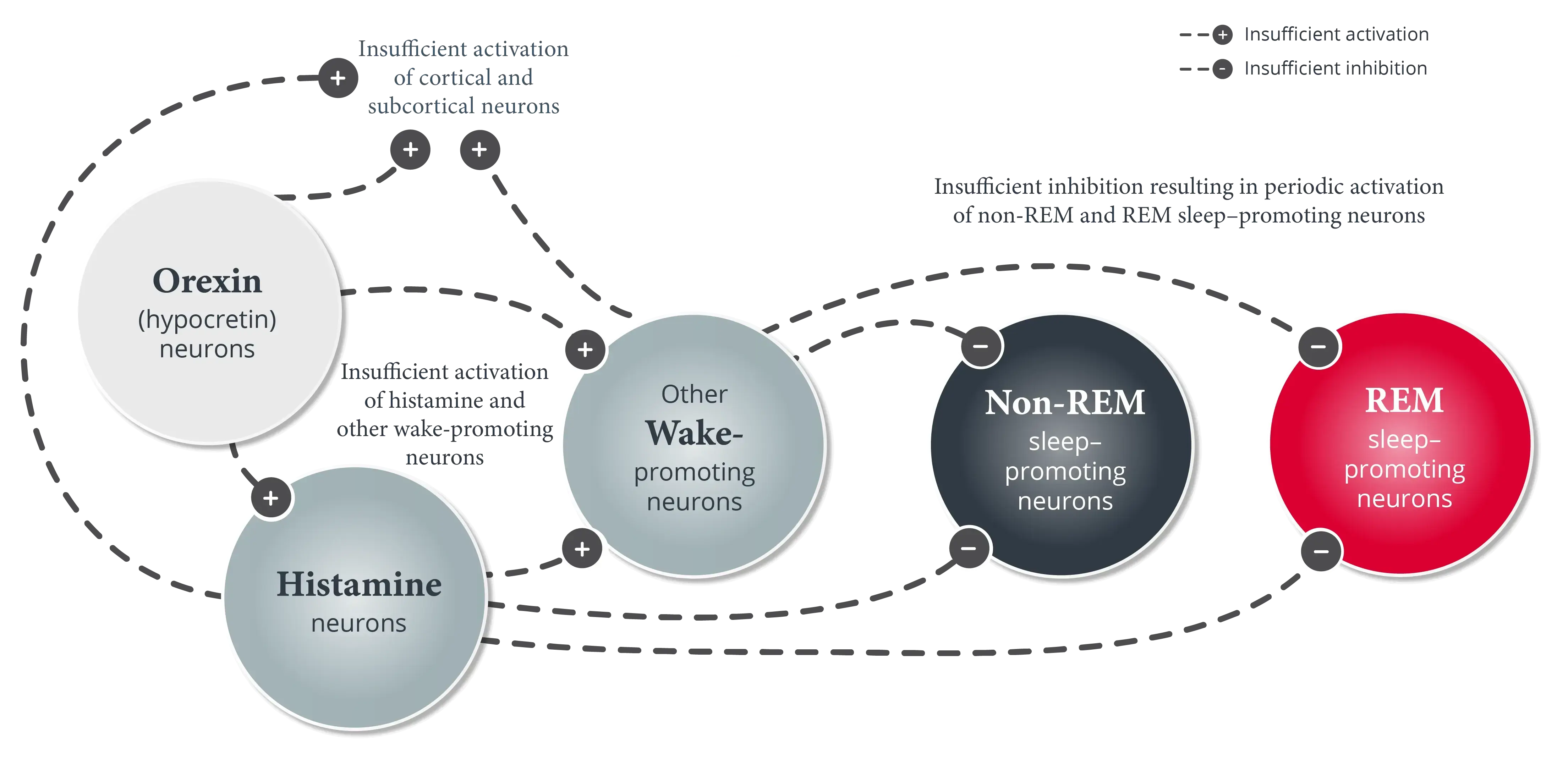

Impact of Narcolepsy in Pediatric Patients
This content was developed using literature published in peer-reviewed journals and other materials.
Impact of Narcolepsy in Pediatric Patients
This content was developed using literature published in peer-reviewed journals and other materials.
Overview
Many pediatric patients with narcolepsy struggle with the impact of their disorder, including difficulties in school and social situations.1-3
Pediatric patients with narcolepsy are impacted by their disease and symptoms, especially when it comes to school and social situations.1-3


*Study results of 117 children and adolescents with narcolepsy and 69 without narcolepsy from data collected at the National Reference Centers for Narcolepsy (NARCOBANK). 2
Excessive daytime sleepiness (EDS) can lead to decreased performance in school.4 Patients may:
- Often fall asleep in class or while studying1,4
- Present with inattentiveness, emotional lability, or hyperactive behavior4
- Have attention problems that are characteristic of EDS and can lead to a psychiatric misdiagnosis of attention-deficit/hyperactivity disorder (ADHD)1,4
Academic performance in pediatric patients with narcolepsy can deteriorate over time and as schoolwork becomes more complex and challenging.1,5 In one study, patients with narcolepsy had higher rates of absenteeism, repeating grades, and academic difficulties compared with those without narcolepsy.1,2
Narcolepsy can also be socially disabling and have a negative impact on peer relationships.1,4


†Data collected from 53 patients with narcolepsy and 64 children and adolescents without narcolepsy. 3
Lower energy/vitality and physical well-being can limit pediatric patients with narcolepsy by restricting the type and amount of time spent on school performance, home life, and social activities.2
Pediatric patients with narcolepsy also have a high burden of both acute and chronic comorbid conditions1,6:
- Depression and anxiety are common psychiatric comorbidities4,7
- ADHD and oppositional defiant disorder are also seen1,8
- In addition, a US claims data study found that the frequency of claims for fatigue and sleep disorders (ie, circadian rhythm sleep disorders, obstructive sleep apnea, sleep-related movement disorders, insomnia) was higher in children and adolescents with narcolepsy compared with those without narcolepsy6
Additionally, rapid weight gain can coincide with the onset of narcolepsy symptoms, which can result in obesity.1
Early onset of puberty is also observed.4,8 Pediatric patients with earlier age of onset of narcolepsy have a greater risk of precocious puberty.8
It may be harder for some pediatric patients to express the impact narcolepsy and symptoms are having on their lives.4 These best practices for clinical interviews provide helpful tips for discussing symptoms and their impact with patients.
References
- Plazzi G, Clawges HM, Owens JA. Clinical characteristics and burden of illness in pediatric patients with narcolepsy. Pediatr Neurol. 2018;85:21-32.
- Inocente CO, Gustin M-P, Lavault S, et al. Quality of life in children with narcolepsy. CNS Neurosci Ther. 2014;20(8):763-771.
- Quaedackers L, van Gilst MM, van Mierlo P, et al. Impaired social functioning in children with narcolepsy. Sleep. 2019;42(2). doi:10.1093/sleep/zsy228
- American Academy of Sleep Medicine. International Classification of Sleep Disorders. 3rd ed, text revision. American Academy of Sleep Medicine; 2023.
- Wise MS, Lynch J. Narcolepsy in children. Semin Pediatr Neurol. 2001;8(4):198-206.
- Carls G, Reddy SR, Broder MS, et al. Burden of disease in pediatric narcolepsy: a claims-based analysis of health care utilization, costs, and comorbidities. Sleep Med. 2020;66:110-118.
- Maski K, Kotagal S. Clinical features and diagnosis of narcolepsy in children. Clinical Decision Support | UpToDate | Wolters Kluwer. Updated July 29, 2024. Accessed January 6, 2025. https://www.uptodate.com/contents/clinical-features-and-diagnosis-of-narcolepsy-in-children
- Chung I-H, Chin W-C, Huang Y-S, Wang C-H. Pediatric narcolepsy–a practical review. Children (Basel). 2022;9(7):974. doi:10.3390/children9070974







